At the National Press Club in Washington, DC, on the evening of June 26, I accepted the 2014 Society of Professional Journalists Sigma Delta Chi (SDX) Award for Research About Journalism on behalf of myself, J. Ross Baughman, and Rob McElroy, given in recognition of our Capa D-Day project. (Founded at DePauw University in 1909 by student journalists, Sigma Delta Chi began as an honorary fraternity for journalism students. The organization officially changed its name to the Society of Professional Journalists in 1988.)
Neither Baughman nor McElroy could attend, but I shared the occasion with my personal posse — my wife Anna, my younger brother Dennis and his wife Rosa Mendoza, and my good friend and colleague Colleen Thornton. Some 200 people took part. During and after the meal — not rubber chicken, blessedly; instead, an excellent steak plus sides, accompanied by a decent wine, followed by a lovely berry shortcake and cognac — we met and talked with some of the other awardees.
For the awards presentation, which began with the coffee service and ran for more than two hours, the SPJ offered very brief synopses of the stories and authors honored — just a few sentences of description, read by one of two journalist emcees, Hagit Limor, president of the SPJ, or Chris Pabst of ABC7/WJLA-TV in Arlington, VA. (For audio and video projects, they played a snippet of the winning programs.) So, about 90 minutes in, I came to the platform for a grip-and-grin with Robert Leger, president of the Sigma Delta Chi Foundation, and the award. (Click on the link for a video of our moment in the spotlight.)
I can only say that, as the ceremony wore on, I found myself increasingly humbled by our inclusion in that company. Without exception, they exemplify the real deal: serious professional journalists who — on major and minor platforms, in print and broadcast and online media, as staff or freelance/independent — pursued issues they considered important, undertook investigations that sometimes lasted for months, often made enemies, but challenged authority, separated hard fact from self-serving fiction, and spoke truth to power. The award to us takes it as a given that we belong among them, as equals and colleagues. Speaking for the team, we cherish that association above all.
•
The award itself comes in the form of a honkin’ big plaque, as shown in the photos above. It hangs now on the wall beside my desk. It reads:
Society of Professional Journalists
presents the
Sigma Delta Chi Award
and Bronze Medallion
to
A. D. Coleman, J. Ross Baughman, and Rob McElroy
Photocritic International (www.photocritic.com)
in recognition of distinguished service to the American people
and the profession of journalism through
outstanding accomplishments during the year of 2014
in the field of
Research About Journalism
Alternate History: Robert Capa on D-Day
•
![]() Given that the Capa D-Day myth has insinuated itself thoroughly into cultural history, it seems only poetic justic that our research deconstructing the myth should do the same. Here’s the starting point: Omar Willey‘s August 9, 2014 theater review for the Seattle Star, “No Damn Picture is Worth It: Time Stands Still.” One of the characters in Donald Margulies’ play is an injured war photographer. The salient passage:
Given that the Capa D-Day myth has insinuated itself thoroughly into cultural history, it seems only poetic justic that our research deconstructing the myth should do the same. Here’s the starting point: Omar Willey‘s August 9, 2014 theater review for the Seattle Star, “No Damn Picture is Worth It: Time Stands Still.” One of the characters in Donald Margulies’ play is an injured war photographer. The salient passage:
“That ‘exciting career’ of photojournalism is a fiction of the 1960s, stemming largely from the mythology around Magnum Photos and especially the attempts of Chim and Robert Capa to turn the photojournalist into a type of Romantic hero. This mythology exudes from the play, most obviously when the author invokes the most notorious Capa story of all: the myth that Capa’s D-Day negatives were ruined by a darkroom assistant who turned up the heat too high and melted them. The eternal story of the heroic photojournalist against the small-minded, the wars, the world, the laws of physics themselves.
“But the Capa myth is bullshit. The temperature necessary to melt the emulsion on those frames would have nearly incinerated them outright. As it all shakes down, it appears far more likely Capa himself screwed up the negatives, and in fact ran from battle, then blamed the loss of the negatives on the assistant because it made him seem more like a tragic hero – precisely the myth at work in Mr. Margulies’ play.”
•
The French Connection
In 2007, Patrick Peccatte and a team of volunteers in France initiated an ongoing web project that intersects ours. They have taken as their subject an apparently abandoned French public-domain archive of photographic images of the Normandy coast before, during, and after the D-Day invasion. This comprises a mix of military reportage, news photography, images by local photographers, and more, initially published online in a now-defunct website. They found many of them captioned only minimally or even miscaptioned. So, through painstaking research, they have recaptioned them accurately, creating a visual history of Normandy during those history-making months.
To this they have added annotations of 300 videos derived from D-Day-related films available on YouTube. They call this labor of love Le Projet PhotosNormandie. It’s a model worth considering, indicative of what informed, targeted crowdsourcing can achieve, and it contextualizes the invasion and its visually documented consequences better than any other visual report I’ve encountered.
Inevitably, Robert Capa’s ten D-Day images from Omaha Beach, plus the images of Normandy he made from June 8, 1944 on, after he returned to the front, factored into this mélange of pictures, which is where this Normandy project dovetails neatly with ours. For example, Peccatte and his cohorts have tracked down appearances of Capa’s D-Day pictures in assorted periodicals well before they appeared in the June 19, 1944 issue of LIFE magazine, resulting from their distribution through the press pool. (That distribution represented part of the deal LIFE cut with SHAEF, the Allied command, in return for four of the magazine’s assigned photographers — including Capa — getting front-row seats for the assault.)
 At present their research appears online in French only, which disadvantages many of this blog’s readers. Putting it through Google Translate yields results that I’d call scruffy at best and sometimes incomprehensible. Still, if you’ve followed our posts on Capa I recommend taking a look, because they approach the story we have explored from an entirely different angle and thereby add a new dimension to it.
At present their research appears online in French only, which disadvantages many of this blog’s readers. Putting it through Google Translate yields results that I’d call scruffy at best and sometimes incomprehensible. Still, if you’ve followed our posts on Capa I recommend taking a look, because they approach the story we have explored from an entirely different angle and thereby add a new dimension to it.
I’d come across this project in the course of my Capa inquiry, and he’d run into ours the same way. We ended up exchanging cordial emails in spring 2015. Now he has published a remarkable post in response to our investigation so far, “Les photos du D-Day de Robert Capa – une autre histoire et de nouvelles interprétations,” dated June 24, 2015. Because I’m bilingual Francophone, I can understand it, down to its nuances, so I can sketch it for you. And because it’s in French, it introduces our efforts to French-speaking people worldwide, making it accessible in a way I never could.
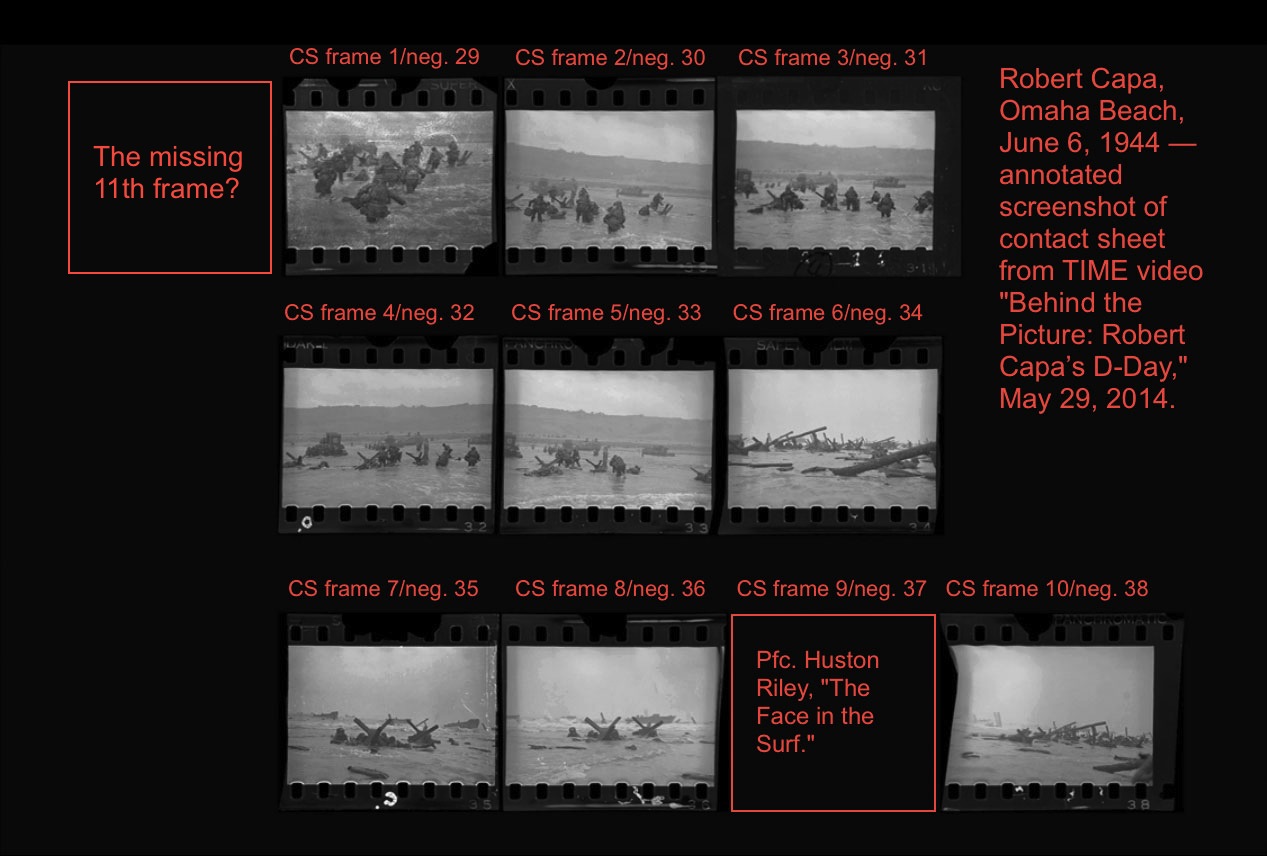
Robert Capa, D-Day images from Omaha Beach, contact sheet, screenshot from TIME video (May 29, 2014), annotated.
The post begins with a lengthy synopsis of our investigation, which Peccatte has clearly studied from start to finish. He describes, with great care, the gist of my own posts plus those by J. Ross Baughman and Rob McElroy, as well as my email q&a with John Morris. I can’t imagine myself writing a more lucid and concise summary than his. Especially when compared to the deliberately distortive sludge churned out by Bruce Young for the NPPA in its lame effort to save the appearances for the sake of John Morris, it exemplifies the rigorous methodology of clear-headed, objective report.
•
There follows a remarkable confessional passage, which goes roughly like this (my translation):
Personal note (or how difficult it is to get rid of a myth)
“I’ve served as the co-project manager of PhotosNormandie for over 8 years, but my interest in the history of the Battle of Normandy began much earlier. For me, as for many other devotees I imagine, the episode of Capa at Omaha Beach and the drama of his lost photos formed something like an epic that became ‘consubstantial’ with the narrative of the initial assault in a battle about which I have heard so much. (See this site for the village in which I was born, not far from the battleground.) So I want to state here how difficult I have found it to acknowledge the truly heartbreaking story that is now emerging from the researches of Coleman, Baughman, McElroy, and others.
 “For about a year, I have read regularly the articles posted at Coleman’s blog as and when they appeared, all the while effectively refusing to admit that another story was emerging, seriously argued and much more likely than the one I had accepted previously. But, ultimately, the simple exercise of reason has prevailed over the unthinking attachment to the romantic character Capa (remember that he had written Slightly Out of Focus as the basis for a film script). I must now accept the obvious: the story of negatives ruined by an inexperienced lab technician is a fable manufactured, disseminated, and above all carefully sustained by the ‘Capa industry.’ I think that rereading the controversy over the authenticity of the famous photo of the ‘Fallen Soldier’ taken during the Spanish Civil War, but especially the recent inconsistencies and reversals of John Morris, finally convinced me.
“For about a year, I have read regularly the articles posted at Coleman’s blog as and when they appeared, all the while effectively refusing to admit that another story was emerging, seriously argued and much more likely than the one I had accepted previously. But, ultimately, the simple exercise of reason has prevailed over the unthinking attachment to the romantic character Capa (remember that he had written Slightly Out of Focus as the basis for a film script). I must now accept the obvious: the story of negatives ruined by an inexperienced lab technician is a fable manufactured, disseminated, and above all carefully sustained by the ‘Capa industry.’ I think that rereading the controversy over the authenticity of the famous photo of the ‘Fallen Soldier’ taken during the Spanish Civil War, but especially the recent inconsistencies and reversals of John Morris, finally convinced me.
“Clarification, added 26 June following some ‘irritated’ reactions: I retain, of course, all my admiration for Capa. I must now try to understand how the ‘canonical’ story was constructed to serve the interests of the cultural industry built around it by ICP, Time-Life, Magnum, etc., while in fact hindering unbiased research on this great photographer, his work, and its reception.”
As I wrote in a comment that I appended to Peccatte’s post,
“First and foremost, on behalf of myself and our team, I want to thank you for this response to our research. I can’t imagine a more effective, attentive, sympathetic, and supportive synopsis of our project. Your acknowledgment of your own resistance to our ‘alternate history’ of this episode makes the essay stronger, and will surely resonate with many readers. In the last analysis, the evidence, once deciphered and detached from the myth, tells its own story, as you discovered.”
(Part 1 I 2)
•
(For an index of links to all posts in this series, click here.)



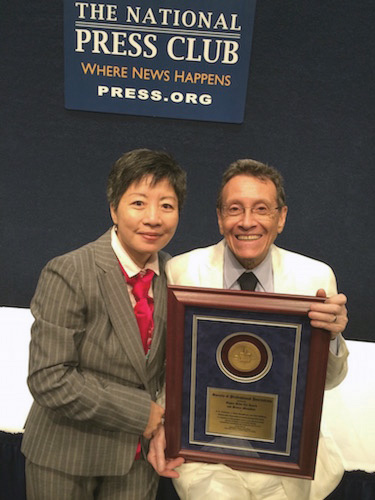
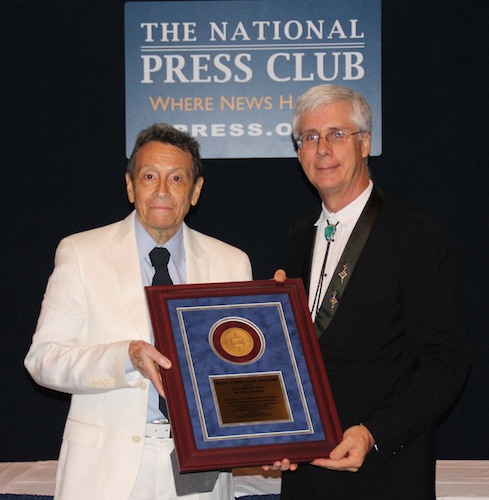
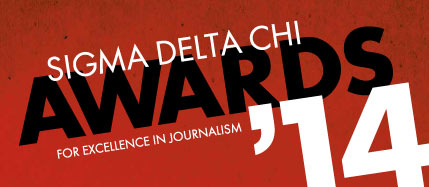
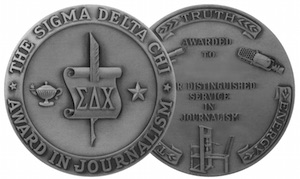
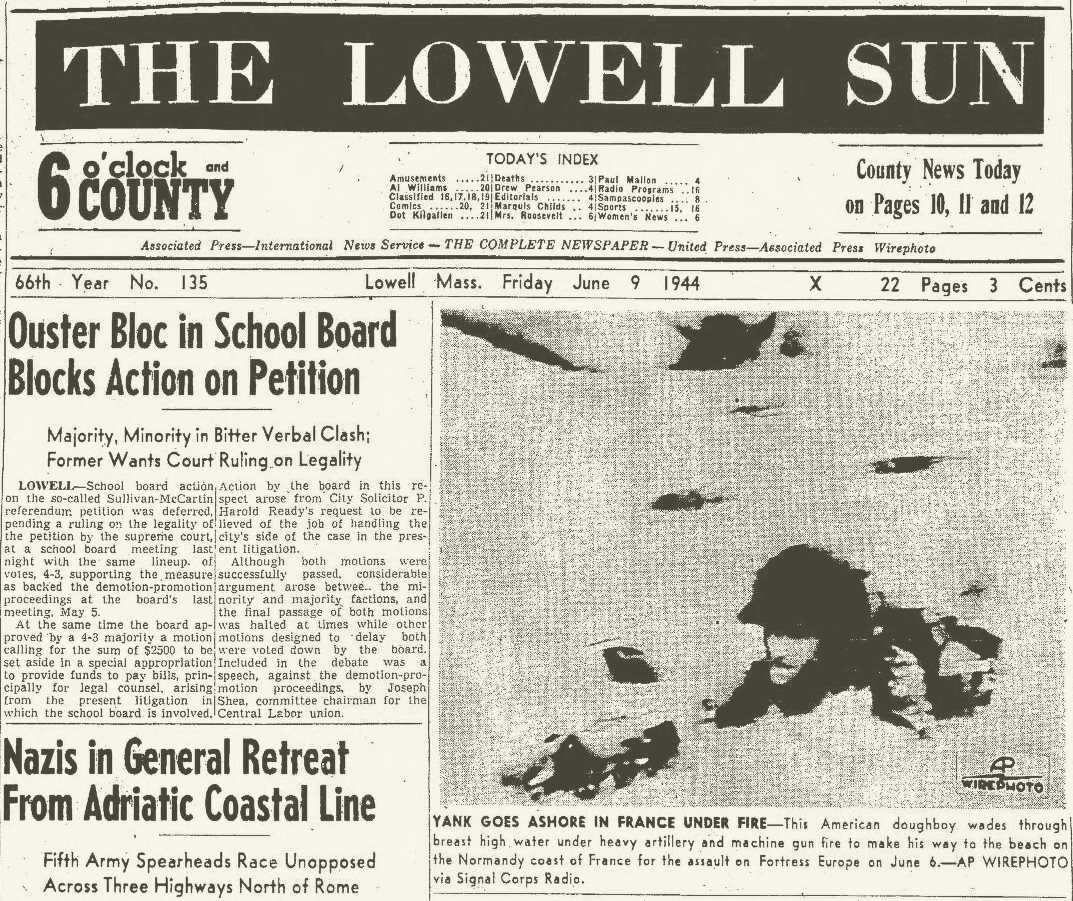



Congratulations!
You have done an outstanding job on this project.
Dan
Dear Allan
A fitting result to a fascinating ongoing project that I read from the start. I’m very proud to know you. A hearty congratulations.
Best
STUART PAGE
Auckland, New Zealand
Again, the story continues … the use of world changing historical events to manipulate public perceptions exclusively to support one individual’s careerist goals has, by its sheer success (until now) become common practice, almost by default.
Not only has this devalued the significance of major events, but treats history itself as subservient to the cult of personality; even worse it promulgates the idea that the ‘artist’ is a superior being (the penultimate hero of the human condition) when in fact, and in the practice of art, the artist has feet of clay like the rest of us.
The next question to ask, especially in response to this latest response, is, Why do we insist on mythologizing the artist and the practice of making art; why do we worship him/ it as mystical, and cannot/will not see the truth when it is literally right before our eyes?
If this were not the case, Capa’s scheme would not have worked, so both he and Morris knew full well that they could get away with a blatant, stupid lie because they were confident that people’s preconceptions and romantic delusions could easily be exploited for both an immediate and long-term personal advantage.
Just askin/sayin …
XXX, Colleen
p.s. thanks for the shout out! I love being in your “posse”!!!
Allan,
What a delight to read about both your Society of Professional Journalists award, and your confirmation and praise from Patrick Peccatte! Congratulations on getting these recognitions that you so definitively deserve for all the reasons you list in your praise of the other journalists who received awards from SPJ.
You have raised the light of reason to deconstruct a cherished and long-standing fiction, spoken truth to power (as you say). Blessedly, reason and truth seem to be triumphing in this instance, which is saying something in these exceptionally truth-denying times. You give this uninformed but fascinated reader hope beyond the specifics of the history you have corrected and the deceit you have exposed. Your persistence, attention to detail, integrity, passion, and underlying sense of irony and humor are inspiring. Thanks for all of it.
David
Bravo Maestro!
Your award is well deserved.
Cheers,
Mitchell